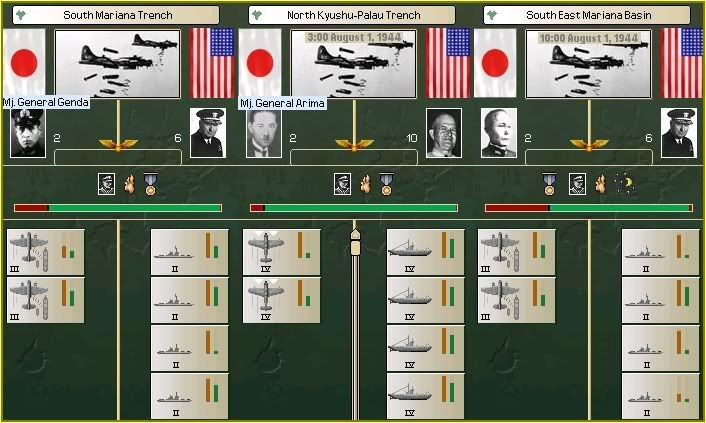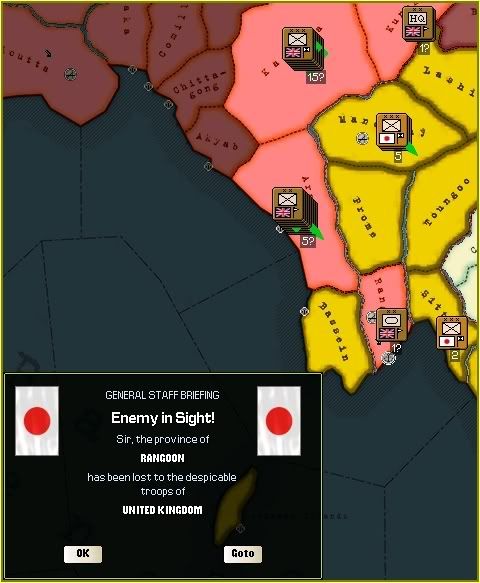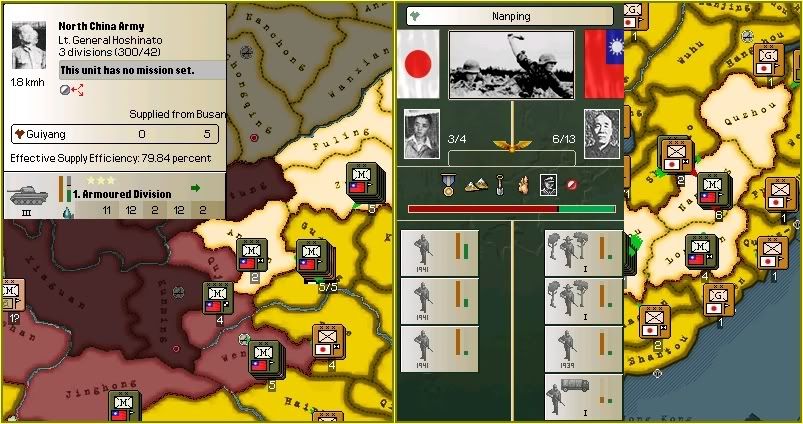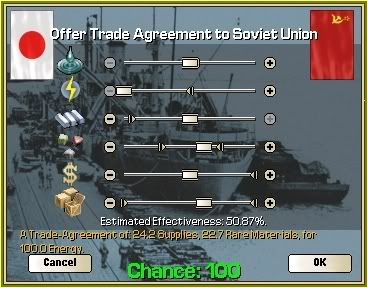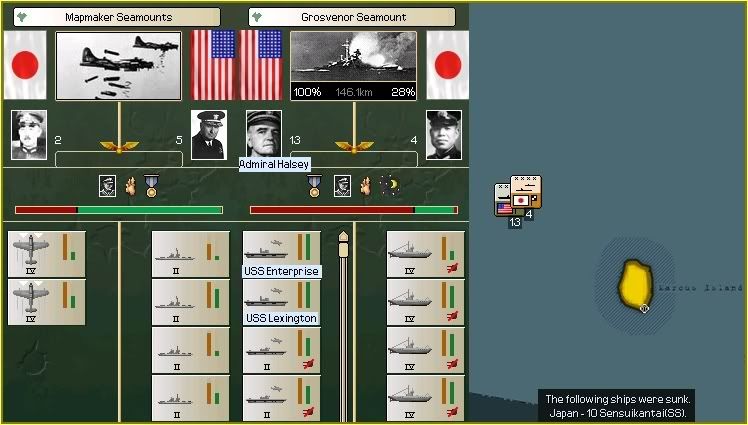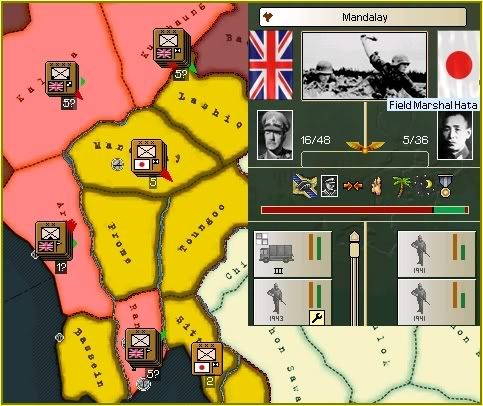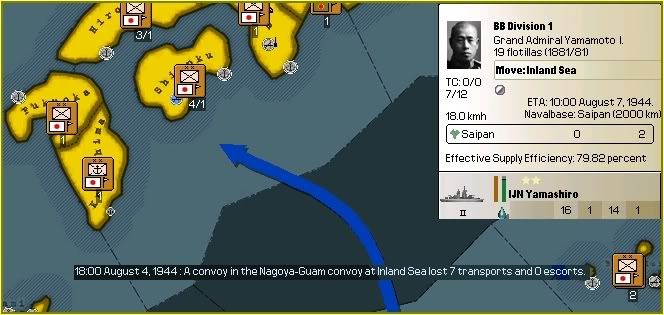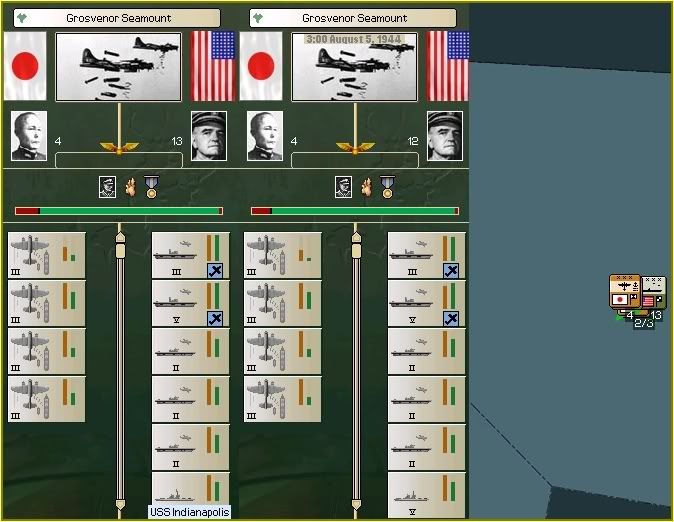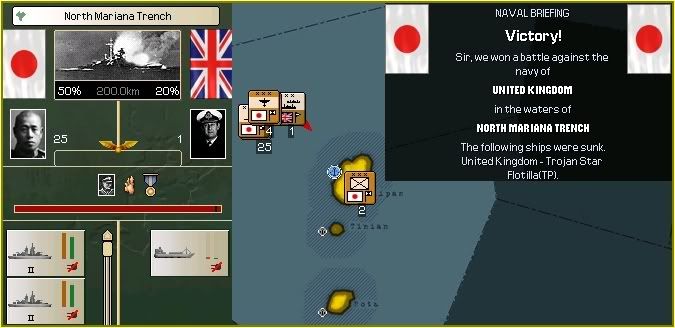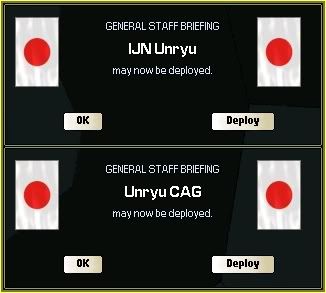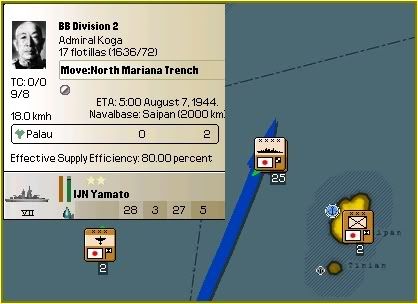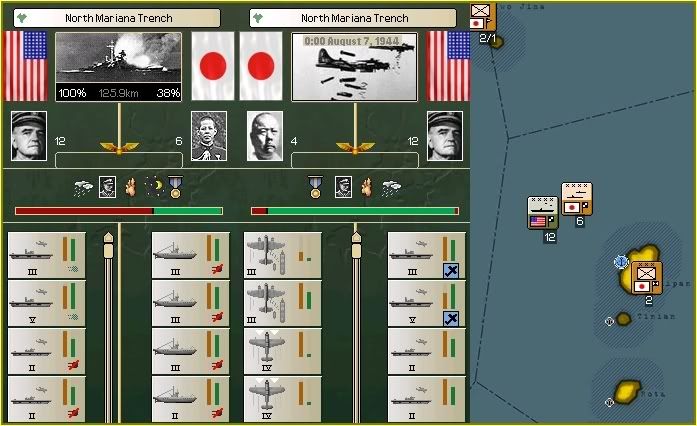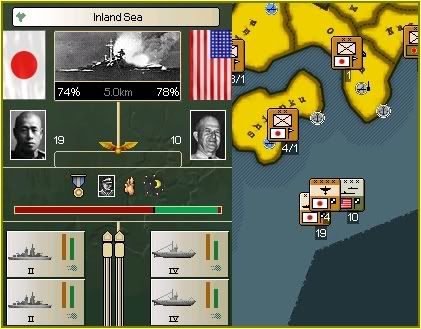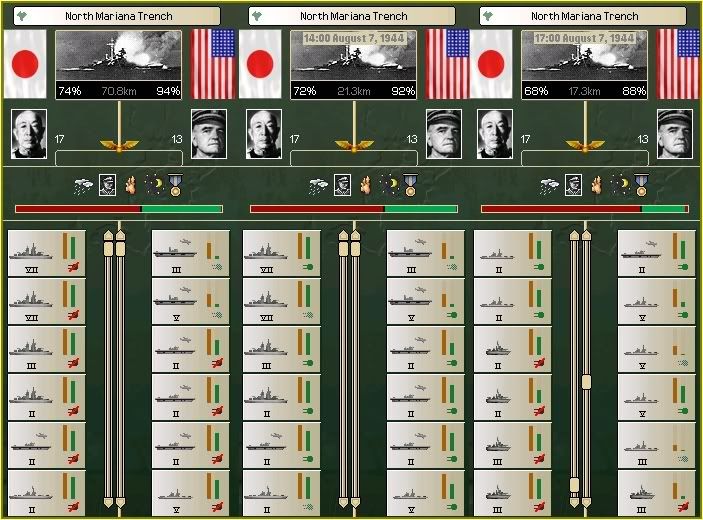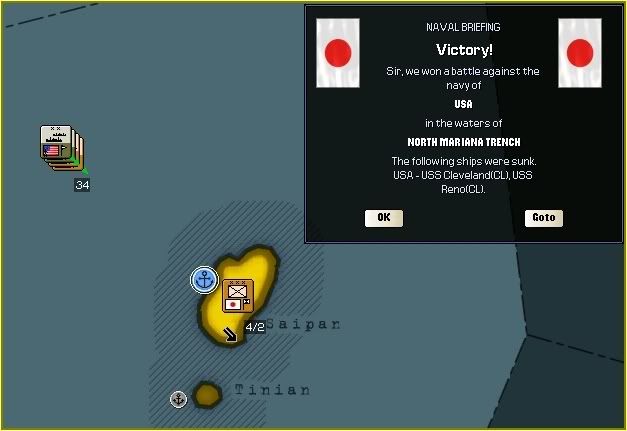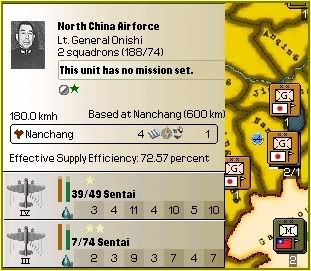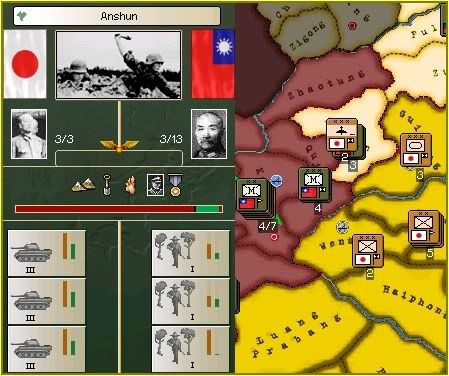Stemming the Tide
9
0000 August 1st 1944.
BB Division 1 Flagship. IJN Yamashiro, Saipan.
The American's and their Allies were determined to try and invade the Marianas it appeared. Yamamoto had managed to prevent any such landing from occurring so far, a job made a lot easier with the capture of Saipan, his current base of operations.
Japanese bombers, led by Mj. General Genda, were still inflicting damage upon the latest fleet to try to enter the area. The Cruiser fleet had been spotted days earlier by Ozawa and had been bombed for most of its travel to the Palau Trench. It would lose a second ship, the Light Cruiser USS Detroit, to Ozawa's Naval bombers before it could escape his patrol zone east of the Marianas.
Mj. General Arima, patrolling the North Kyushu-Palau Trench region, discovered a large American Submarine fleet heading towards Japan. Yamamoto would note its presence but would not do anything more unless this fleet decided to start sunking convoys.
0300 August 1st 1944.
North China Army Headquarters. Hengyang, China.
Higashikuni was beginning to become more concerned with British advances in Burma. He had sent some additional forces west to assist but these would not arrive for several more days.
With Rangoon in enemy hands they now had an airbase and port facility closer to Japanese territory in Indonesia which could be a problem in the future.
Lt. General Hoshinato had advanced into Guiyang and would begin a new attack shortly, after a period of reorganisation.
A probing attack was ordered against Nanping to find out how strong the defences of the province were. The defences were beginning to falter with the lack of supplies but this attack would be called off after a few hours, when it became clear that casualties would be too high to continue. Higashikuni could afford to wait a while longer for the full effects of no supplies to discourage the defenders.
0000 August 3rd 1944.
Diplomatic Offices. Tokyo, Japan.
Energy was still needed in large quantities and Mamoru had spotted a potential trading partner for a large amount.
Some of the problems with trades in respect to the Soviet Union had been overcome, even if they were only temporary. A large energy trade was established that would provide just over 50% of the materials sent. This was a big increase over previous trading attempts with the Soviet Union. Mamoru would try and expand on this trade in the future in the hope of securing enough energy to satisfy Japanese industry.
0500 August 4th 1944.
BB Division 1 Flagship. IJN Yamashiro, Saipan.
The Cruiser fleet had left the areas patrolled by Japanese Naval bombers but was still being watched by Interceptors as it finally left air range north east of Wake Island. Japanese Submarines encountered a much bigger problem closer to Japan.
Another American Carrier fleet had been spotted, this time by Ito and his Submarines. Two previously unseen Carriers, USS Enterprise and USS Lexington, were operating off Marcus Island.
Ito would escape as soon as he could but he would lose another Sensuikantai in the process. The enemy fleet was heading south towards the Marianas.
1300 August 4th 1944.
North China Army Headquarters. Hengyang, China.
Japanese forces in Burma were already withdrawing when they came under attack by a large British force.
Field Marshal Hata would continue his withdraw towards Toungoo with slightly increased urgency as it was noted that a British division was also moving towards the province. He was confident that his force had a large enough head start to arrive first.
1800 August 4th 1944.
BB Division 1 Flagship. IJN Yamashiro, Saipan.
Field Marshal Sugiyama, commander of Japanese homeland forces, had sent a request to Yamamoto. The previously spotted enemy Submarines had decided to begin sinking Japanese convoy shipping and they needed to be stopped. All bombers were currently active and could not be spared for this job. Sugiyama did have Carrier Group C in Tokyo but it had no escort vessels and it would be extremely risky to send it after Submarines without these ships.
Yamamoto was left with little choice.
He gave orders for BB Division 1 to set sail for the Inland Sea. He would deal with the problem himself, fully aware that an American Carrier fleet was heading his way.
2200 hours saw Ozawa, now reassigned north, lead Japanese Naval bombers in the pursuit of this Carrier Task Force. By 0300 hours the following day the Heavy Cruiser USS Indianapolis had been sunk as it provided anti-aircraft cover for the two Carriers. Ozawa could now target the two Capital ships more directly.
BB Division 1 entered the North Mariana Trench at 2300 hours, coinciding with the arrival of a British Transport fleet. The guns of IJN Yamashiro would account for the Trojan Star Flotilla.
Yamamoto was informed of the arrival of the new Aircraft Carrier IJN Unryu, and its Combat Air Group, on August 5th. The ship joined Carrier Group C in Tokyo.


